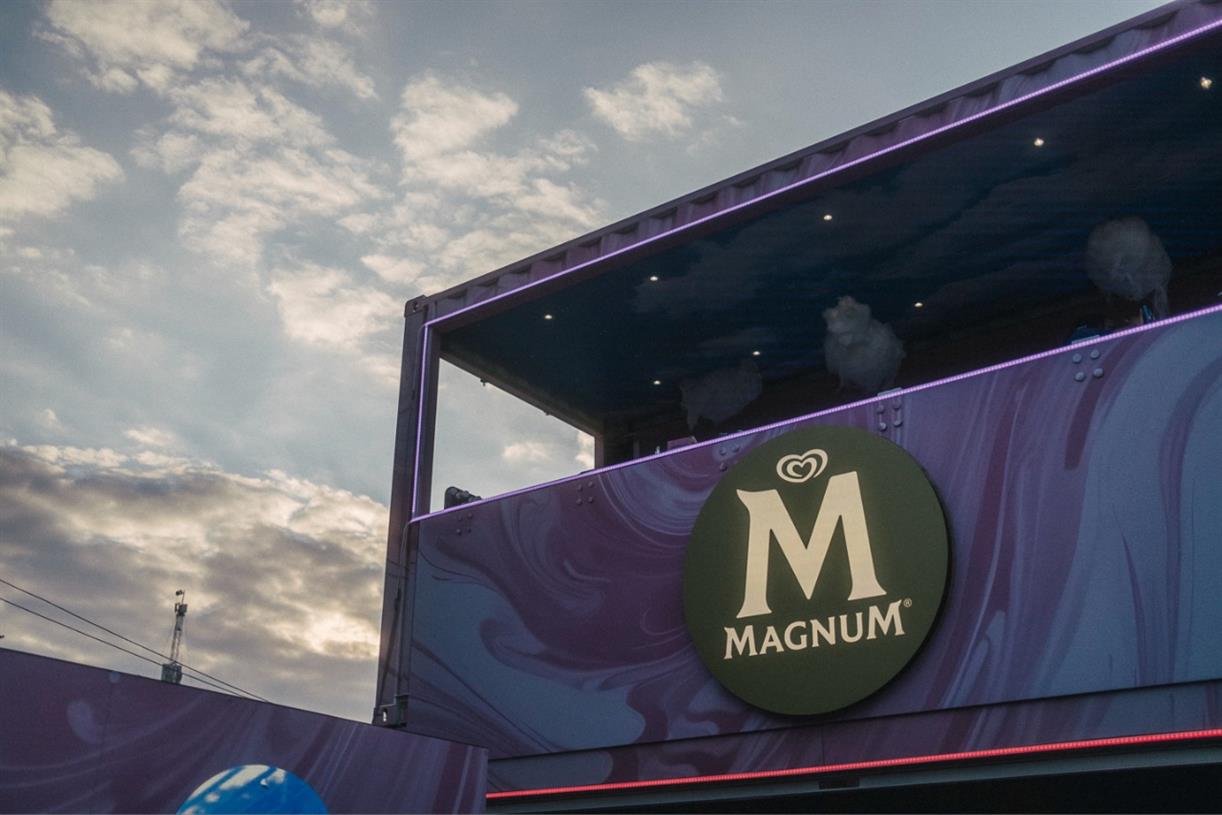Why crypto payments could be a powerful marketing tool
Cryptocurrencies grant brands better access to audiences and commerce in Web3.

By no means has crypto reached mass adoption, and the space continues to experience high levels of volatility. Just last week, the crypto market shed more than $200 billion over the course of a single day as investors fled for safer territory. But for brands seriously committed to Web3, their marketing strategies must be concerned with the long term, said Cohen. A mindset of experimenting with and learning about digital-native tools is essential.
“These are all things that brands need to test now, in order to be prepared for the moment when this is no longer considered such a volatile asset class,” he said.
Embracing the culture of crypto commerce
As general interest in Web3 grows, a culture surrounding crypto-focused commerce is emerging in much the same way as the culture surrounding social commerce. Think new methods of product discovery, sharing and buying on platforms popular in crypto communities such as Discord, or even in a metaverse store where every product is a virtual item in the form of an NFT.
“Recognizing Web3 as an economy in-and-of itself, commerce is core to the ecosystem,” Cohen wrote in an email.
Equinox noticed this trend on Discord, seeing some people moving away from discovering products via influencers and word of mouth to a kind of community-based recommendation process, said Julia Klim, VP of strategic partnerships at Equinox.
Underlying the growth in crypto commerce is an increasing desire to perceive crypto as a means of doing business rather than merely an investment vehicle. Roughly 40% of consumers ages 18 to 35 plan to use cryptocurrencies to pay for goods and services in the next year, per Checkout.com’s report. That's up from less than 30% last year.
AMC Entertainment, which began accepting crypto payments last November and recently expanded its number of accepted currencies, reported that more than a third (35%) of its online payments in the first quarter of 2022 were in crypto and other digital options, such as Apple Pay. (What portion of these payments were specifically crypto is not clear.) AMC did not respond to requests for comments.
Young consumers account for the bulk of interest in crypto spending, and there’s reason to believe that simply offering the payment methods they want could attract larger swaths of the demographic. Merchants accepting crypto payments have experienced this growth, with 82% saying their crypto options have rapidly attracted new customers and allowed them to reach new demographics, according to Checkout.com.
“[Offering crypto payments] is a really clear signal to the younger generation that ‘We are speaking your language,’” said Houlgrave.
No Web3 without crypto
Compared to NFTs and metaverse activations, cryptocurrency remains a relatively untouched tool by brands. This makes sense considering the space can be a minefield amid extreme market volatility and public skepticism.
But crypto is the economic lifeblood of Web3, as much of a pillar of the vision as decentralization and interoperability. So if a brand is serious about implementing Web3 in its marketing, it will ultimately need to embrace crypto holders and, to some extent, crypto itself as a payment option.
“Once a brand goes down the Web3 path and builds out a strategy to engage the Web3 consumer, that entire experience essentially lives in the world of cryptocurrency,” said Publicis’ Cohen.
Read more: Metaverse glossary for brands
Marketers need only look to brands that have already accepted crypto payments to understand that this adoption is part of a broader approach toward moving into Web3. Gucci, for example, has been one of the most active brands in the space, having released several NFT collections and virtual apparel, and acquired land in The Sandbox, a metaverse real estate platform. AMC has also dropped NFTs and is considering the possibility of launching its own native cryptocurrency, chief executive Adam Aron said during its recent earnings call.
Equinox, whose main product is effectively community, is looking to Web3 as a way to enhance the experience of connection for its members. Tools like decentralized autonomous organizations (DAOs) and utility-based NFTs, for example, may offer members new ways of interacting and communicating with one another, said Klim. DAOs give their affiliates voting power on business proposals and utility-based NFTs reward holders with special perks that are periodically granted.
Brands must recognize that a strong Web3 marketing strategy will require the use of new products and services in order to engage digital audiences and drive loyalty, said Cohen. Essentially, these are all variations of token-based tools—a DAO hinges on a governance token; an NFT is a unique token; cryptocurrency is a batch of identical tokens. Embracing these tools will allow brands to offer more value in their exchange with consumers.
“Something that more brands are grappling with right now is, ‘How do we start thinking in terms of this new [Web3] economy in a separate matter than how we think about our core business in the existing traditional economy?’” said Cohen.
Which brands should accept crypto payments?
Accepting crypto payments currently makes more sense for certain types of brands over others. Luxury brands, for example, have seen the most activity in this area for two probable reasons, according to Checking.com’s Houlgrave: Their audiences are global—making a global currency more appealing for cross-border payments—and wealthy, which means they are more likely to hold crypto (although some studies, such as from Pew Research Center, indicate household income may be less of a factor in the demographics of crypto investors).
Brands that cater to younger audiences, especially those with a technological bent, could be the next category to accept crypto, said Publicis’ Cohen. From gaming to consumer tech, these industries are often at the forefront of innovation and are poised to play a major role in Web3, such as through play-to-earn games that offer NFTs as rewards and virtual reality hardware.
There are also brands that have chosen to accept crypto as a result of their popularity in those communities. AMC, a so-called meme-stock that was saved by day traders on Reddit and Twitter last year, has publicly embraced this status, as has fellow meme-stock GameStop, which began accepting crypto payments in December. Elon Musk, a leading figure in these communities, even suggested in a recent tweet that Twitter could start accepting Dogecoin for its subscription service, Twitter Blue (the tweet has since been deleted).
As the crypto space becomes mainstream, brands across a broader stretch of categories could begin to implement crypto payment options for their products and services, said Checkout.com’s Houlgrave. But the user experience must first improve, as should the technology’s ability to handle the kinds of micropayments that are common for many businesses.
“The ability to just pay for your coffee for 30 cents—we're still not quite at the place where the transaction fees and the speed [of the blockchain network] make that really, really easy,” she said.
Don’t miss the latest news. Sign up for Ad Age newsletters here.

 Hollif
Hollif 































